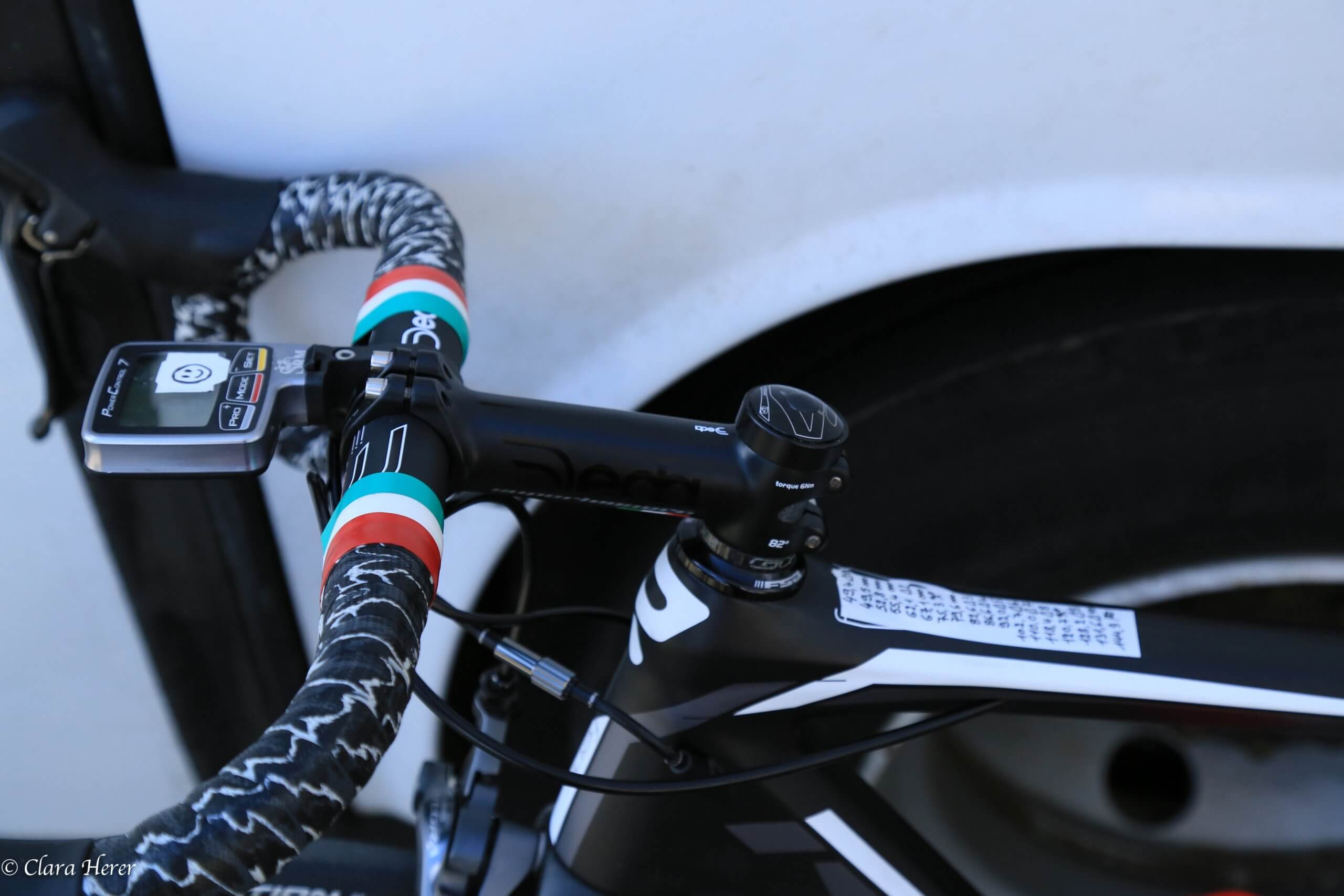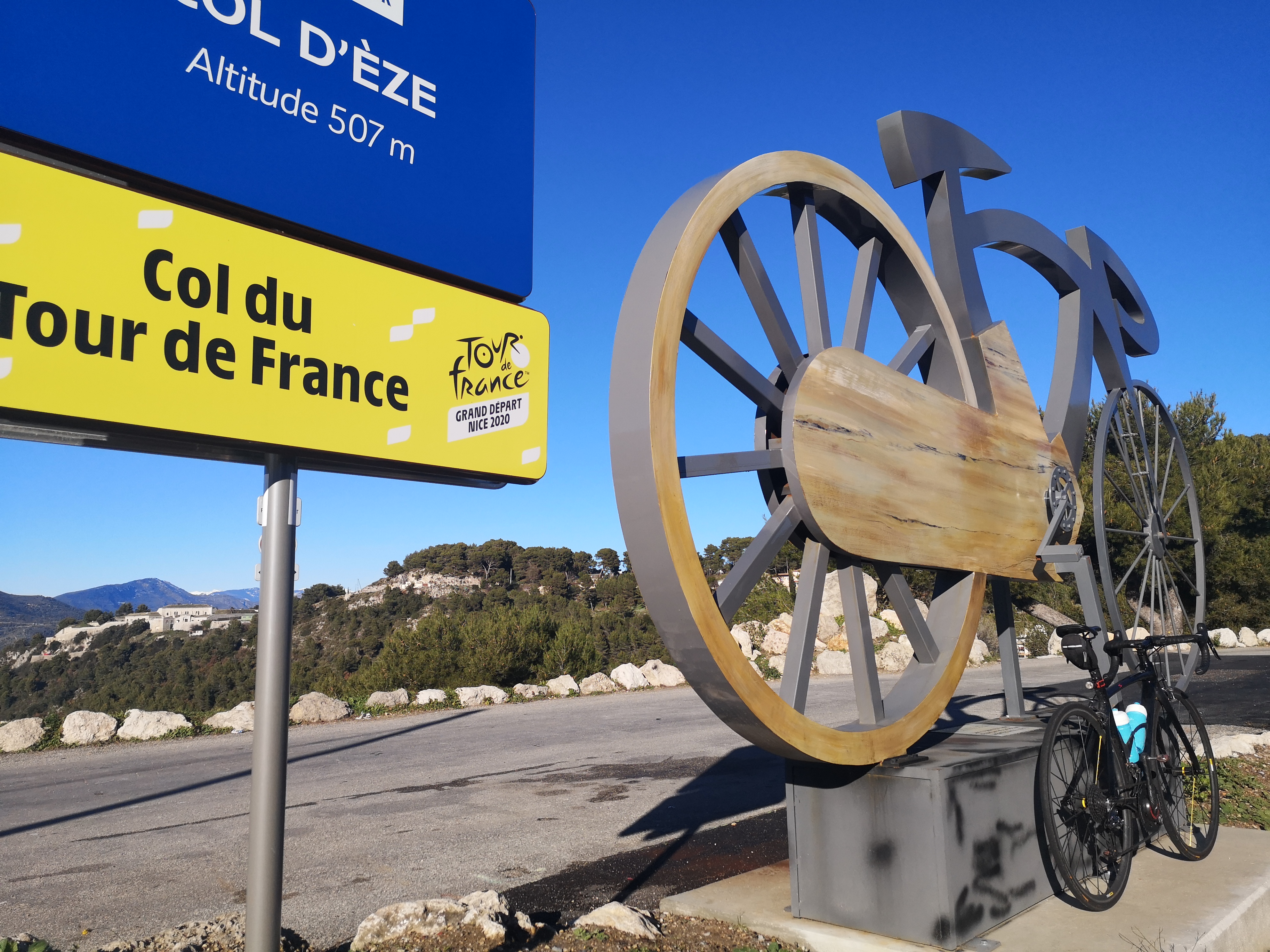You want to start training with power and watts, you keep hearing about it all the day… How to actually do it in the right way ? Once you have forked out the dough for your new power meter, gone through the laborious process of installing it on your bike, calibrating it, charging the computer and figuring out how to use the buttons, you might ask yourself, “How do I use it to improve my cycling?” Great question and that’s exactly what you will want to do with your new training tool. A power meter does not just make you a faster rider like putting on that new set of fast wheels, or when you drop one kg off your bike because of some new carbon fiber widget. You are going to have to think, understand, and utilize all of the information that your new power meter provides to you. It’s a tremendous amount of data that your power meter is going to collect(5-7 channels of data collected at 1 second intervals), and you are going to have to make some sense of it in order to ultimately improve your cycling. I have come up with some basic steps that you will want to take in order to get started on the fast track to training with a power meter. Let’s get started!
Collect Data
Your first mission is to just ride with the thing on your bike, and download every ride. Every ride has importance and every download is key to your understanding. Don’t change your training for the first week or two and just follow your normal routine and collect the data. These downloads will begin to give you some valuable information on your current training: how much time you spend in your new power training zones, at what wattage level you consistently pedal, your preferred cadence, how many kilojoules it takes before you significantly fatigue, etc. In this first step, your goal is learn some basic things about yourself as a cyclist that you will be able to apply later in your training, in order to improve.
Testing begins
The second step in this process is to learn your functional threshold power(FTP). FTP is defined as: The highest power that a rider can maintain in a quasi–steady state without fatiguing for approximately one hour. When power exceeds FTP, fatigue will occur much sooner, whereas power just below FTP can be maintained considerably longer. This means your FTP is your best average watts for an hour time trial. There are many ways to find out your FTP, but the best one is just to go out and hammer for all out hour and see what you can do. Unfortunately, as you might know this is a painful but necessary part of the process. You will need to test for your FTP many times in the future, as this is one of the best ways to see how much you have improved over time. (for all you ‘shortcutters’ out there: do 20 minutes as hard as you can and then subtract 5% from it, this will give you a very close approximation of what you could do for an hour)
Establish Power Training Levels
Once you know your FTP, then you can determine your power training levels. The power training levels are anchored around your FTP, with level 4(smack dab in the middle of the 7 levels) defined at 91-105% of your FTP. With your FTP as 100%, then the rest of your training levels can be defined. Understanding in what level you are training is critical to helping you to create the training response that you are looking for. If you want to improve your anaerobic capacity, then make sure your intervals are between 120-150% of your FTP power and then you will be assured you are training in the correct level to induce training adaptation.
Table 1: Power Training levels, developed by Dr. Andrew R. Coggan
| Zone | Name / purpose | % of threshold power (FTP) | % threshold heart rate | RPE |
| 1 | Active recovery | < 55% | < 68% | < 2 |
| 2 | Endurance | 56-75% | 69-83% | 2-3 |
| 3 | Tempo | 76-90% | 84-94% | 3-4 |
| 4 | Threshold | 91-105% | 95-105% | 4-5 |
| 5 | VO2max | 106-120% | > 106% | 6-7 |
| 6 | Anaerobic capacity | 121-150% | N/A | > 7 |
| 7 | Neuromuscular power | N/A | N/A | N/A |
Power Profiling to train with power
Figuring out your relative strengths and weaknesses is step four. Dr. Coggan and I created the power profiling chart initially in order to help riders compare themselves to the best in the world and also to compare themselves with their racing peers. However, once created, it ended up becoming a very important tool in figuring out the type of rider you are and what areas you need help in. Are you ‘really’ a good sprinter? Are you ‘really’ a time trialist? By comparing your wattages with your power profile, you will be able to tell exactly your strengths and weaknesses and also what type of rider you are. Unfortunately, figuring out your Power Profile involves more testing! In the testing for your power profile, you will need to test your best 5 second, 1 minute and 5 minute wattages. These represent your Neuromuscular(level 7), Anaerobic Capacity(level 6) and Vo2 Max(level 5) wattages respectively. The easiest way to test these is on a day when you are fresh and not tired from a long block of training, and you will crack out your best numbers when you are rested. The importance of learning your power profile can not be understated. What your relative strengths and weaknesses are will determine your training plan as you go forward to attack and improve your weaknesses, while watching your strengths improve as well.
Workouts based on your power
The final step in this introduction is adapt your old training ideas, habit, patterns into wattage based ones. Since you are now training with your power meter and using wattage to guide you, you will want to change your intervals to wattage based ones in order to elicit and create the greatest training adaptation. Training specifically in your current training levels will guarantee that you are using your training time most efficiently. When training in levels 1-3, look at your average power for the entire ride to make sure you are training correctly, and don’t kill yourself by trying to pedal in a narrow wattage range for these lower levels. At the same time if you are doing an endurance ride in level 2, don’t attack the hills like it’s the world championships, and then ‘putt’ around the rest of the time to keep your average wattage in the level 2 percentages. When training in the more intense levels 4-7, you will want to hold your wattage as best you can in the level you are training. These intervals are shorter, more intense and will require focus in order to maintain the correct wattage and also to keep yourself honest in your effort.
Training with a power meter is about results. NOT simply how to do it. But, can you use this tool to ride faster? Does it work? No, just training with a power meter does NOT work.
You work.
Training with a power meter is worth doing, ONLY if you have a clear understanding of what needs to be done. If your information about your training is limited, then you are limiting your ability to improve and you are ultimately limiting your success.
If your training/racing/cycling is to change(improve)
Then you must be willing to change FIRST.
I hope this article has helped you gain a clear understanding of the steps to be taken in order to train with power. This article is part of a series of articles initially written and published by Hunter Allen on Peaks Coaching Group , which we share here thanks to our partnership.








